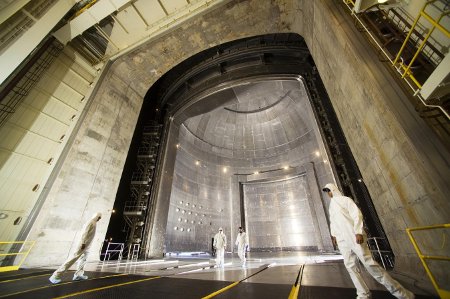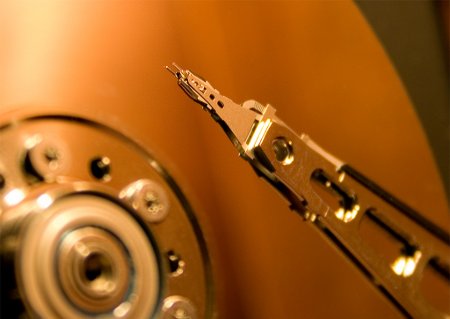From Drive.au comes the timeline of a car crash. All times are given in milliseconds, where 1000ms = one second.
0ms An external object touches the driver’s door.
1ms The car’s door pressure sensor detects a pressure wave.
2ms An acceleration sensor in the C-pillar behind the rear door also detects a crash event.
2.5ms A sensor in the car’s centre detects crash vibrations.
5ms Car’s crash computer checks for insignificant crash events, such as hitting a shopping trolley; computer is still working out the severity of the crash. Door intrusion structure begins to absorb energy.
6.5ms Door pressure sensor registers peak pressures.
7ms Crash computer confirms a serious crash and calculates its actions.
8ms Computer sends a “fire” signal to side airbag.
8.5ms Side airbag system fires.
15ms Roof begins to absorb part of the impact. Airbag bursts through seat foam and begins to fill.
17ms Cross-car load path and structure under rear seat reach maximum load. Airbag covers occupant’s chest and begins to push the shoulder away from impact zone.
20ms Door and B-pillar begin to push on front seat. Airbag begins to push occupant’s chest away from the impact.
27ms Impact velocity has halved from 50 km/h to 23.5 km/h. A “pusher block” in the seat moves occupant’s pelvis away from impact zone. Airbag starts controlled deflation.
30ms The car has absorbed all crash energy. Airbag remains in place. For a brief moment, occupant experiences maximum force equal to 12 times the force of gravity.
45ms Occupant and airbag move together with deforming side structure.
50ms Crash computer unlocks car’s doors. Passenger safety cell begins to rebound, pushing doors away from occupant.
70ms Airbag continues to deflate. Occupant moves back towards middle of car. Engineers classify crash as “complete”.
150ms Occupant becomes aware of collision.

